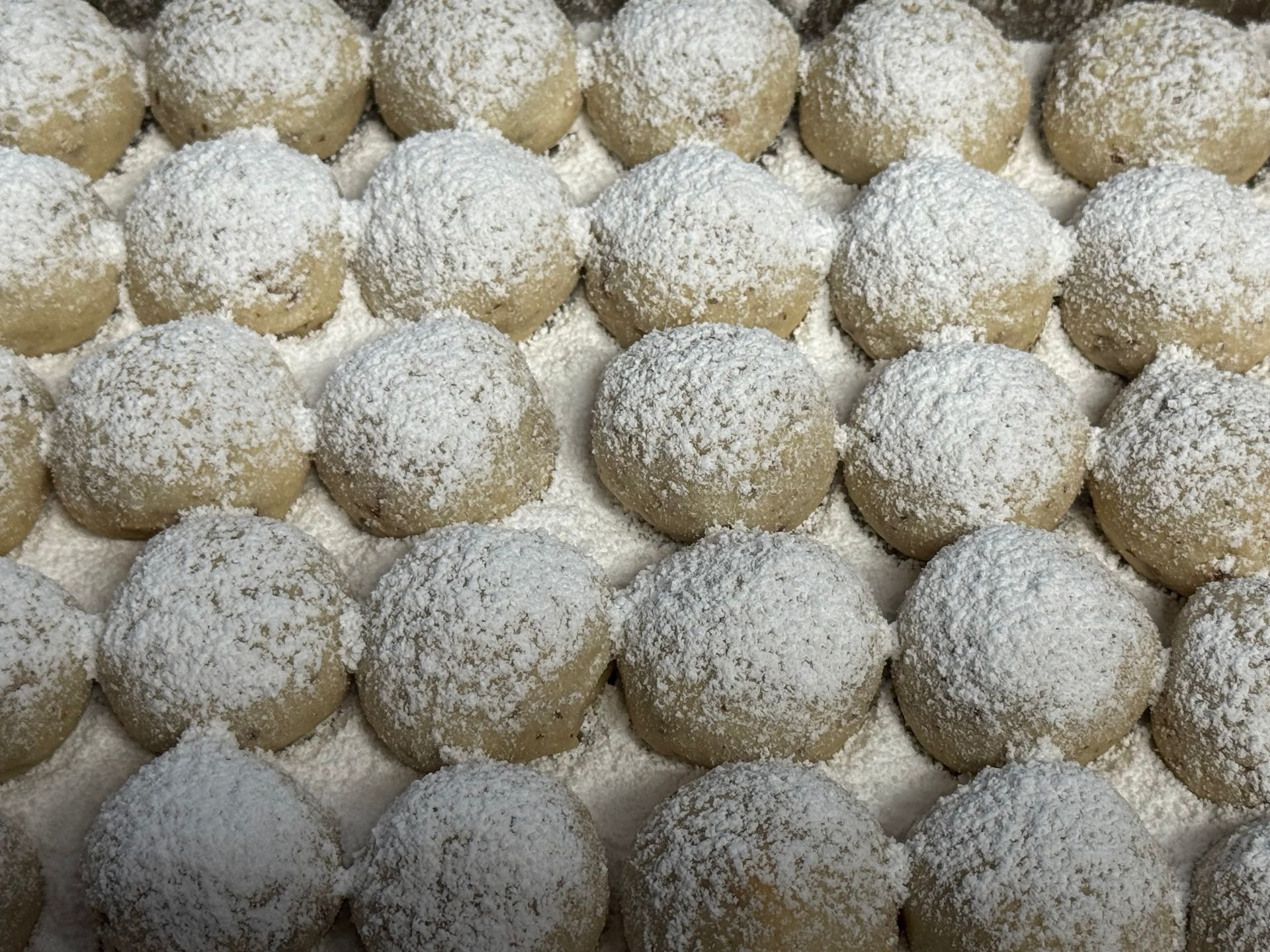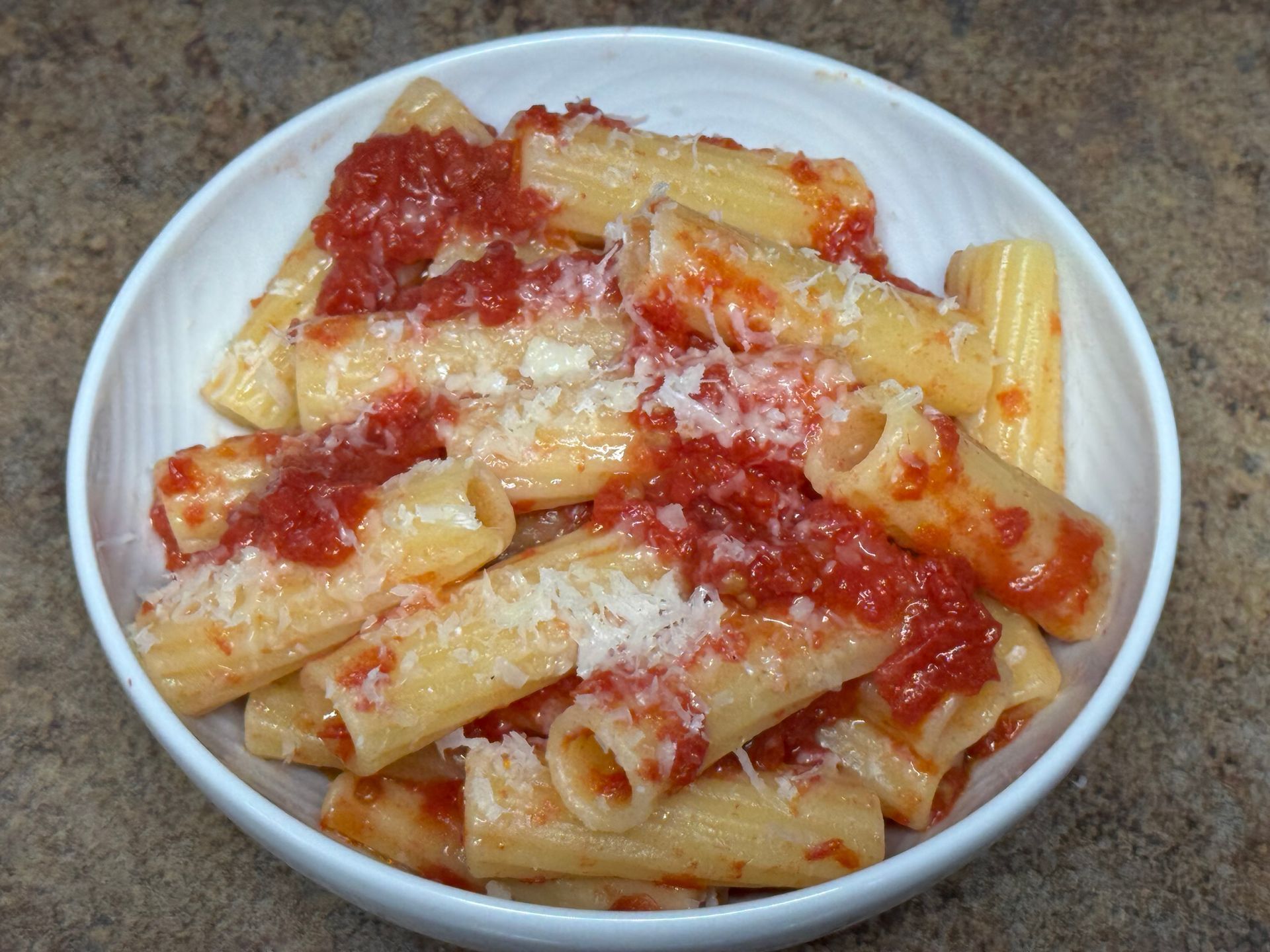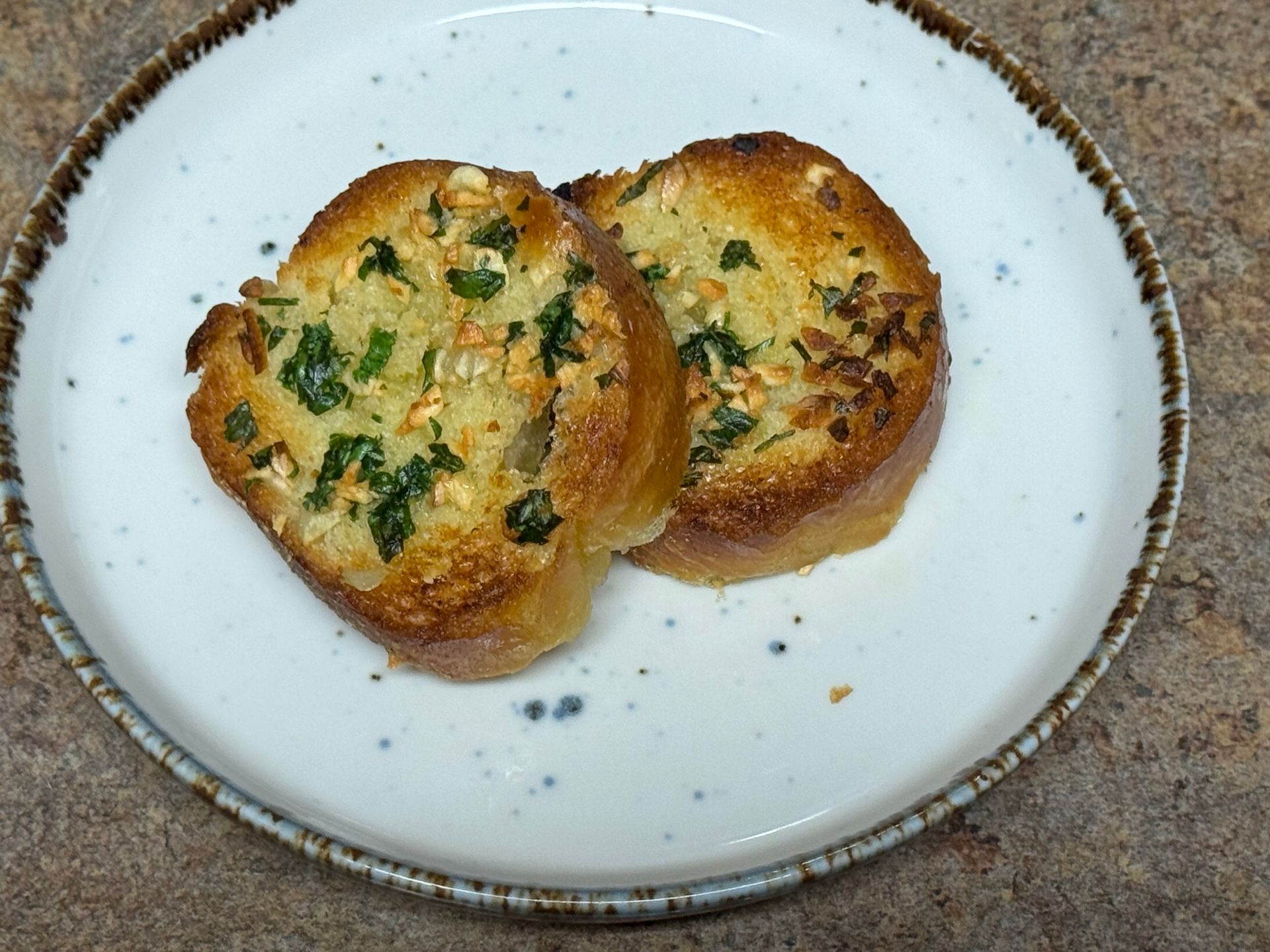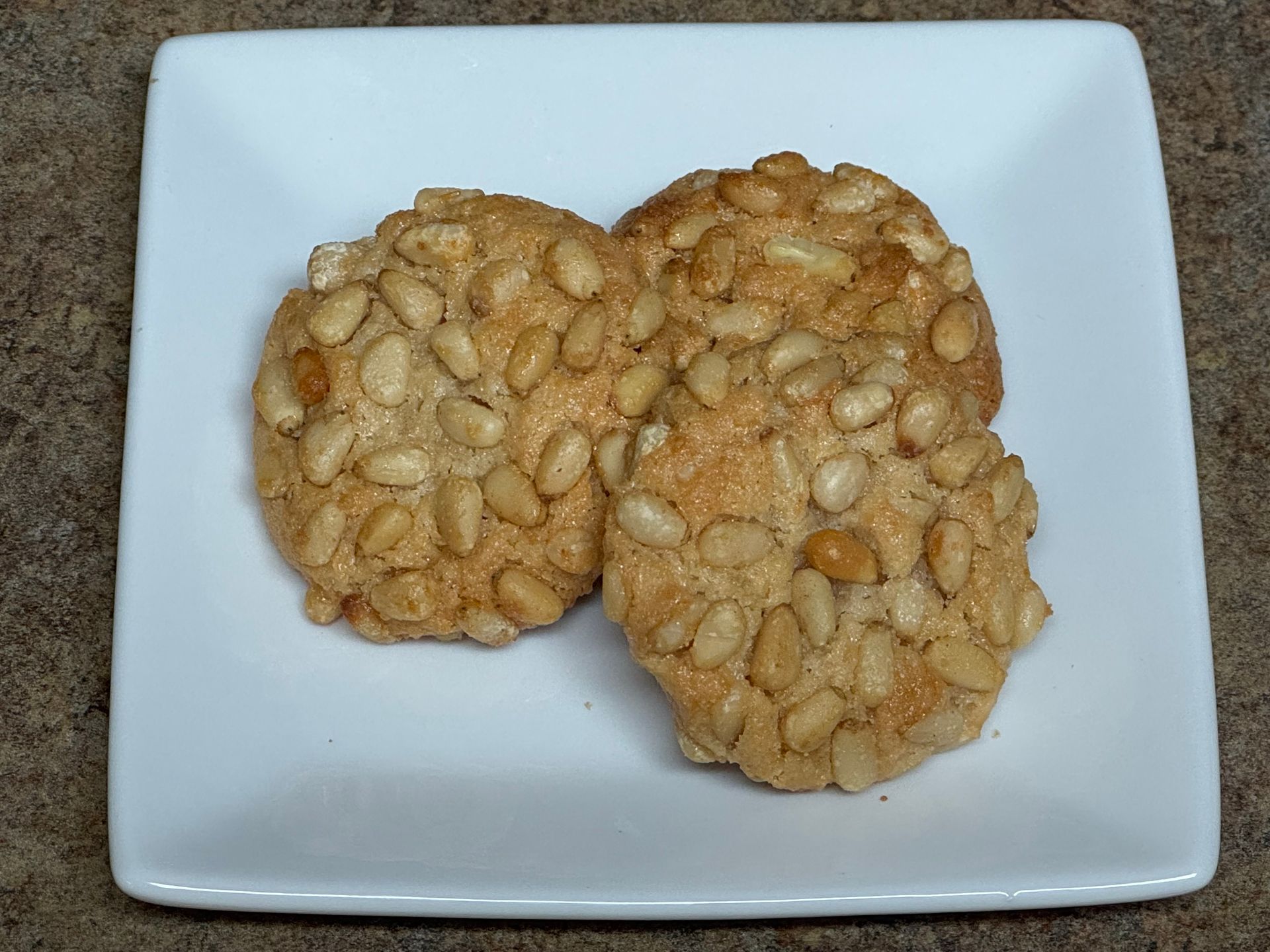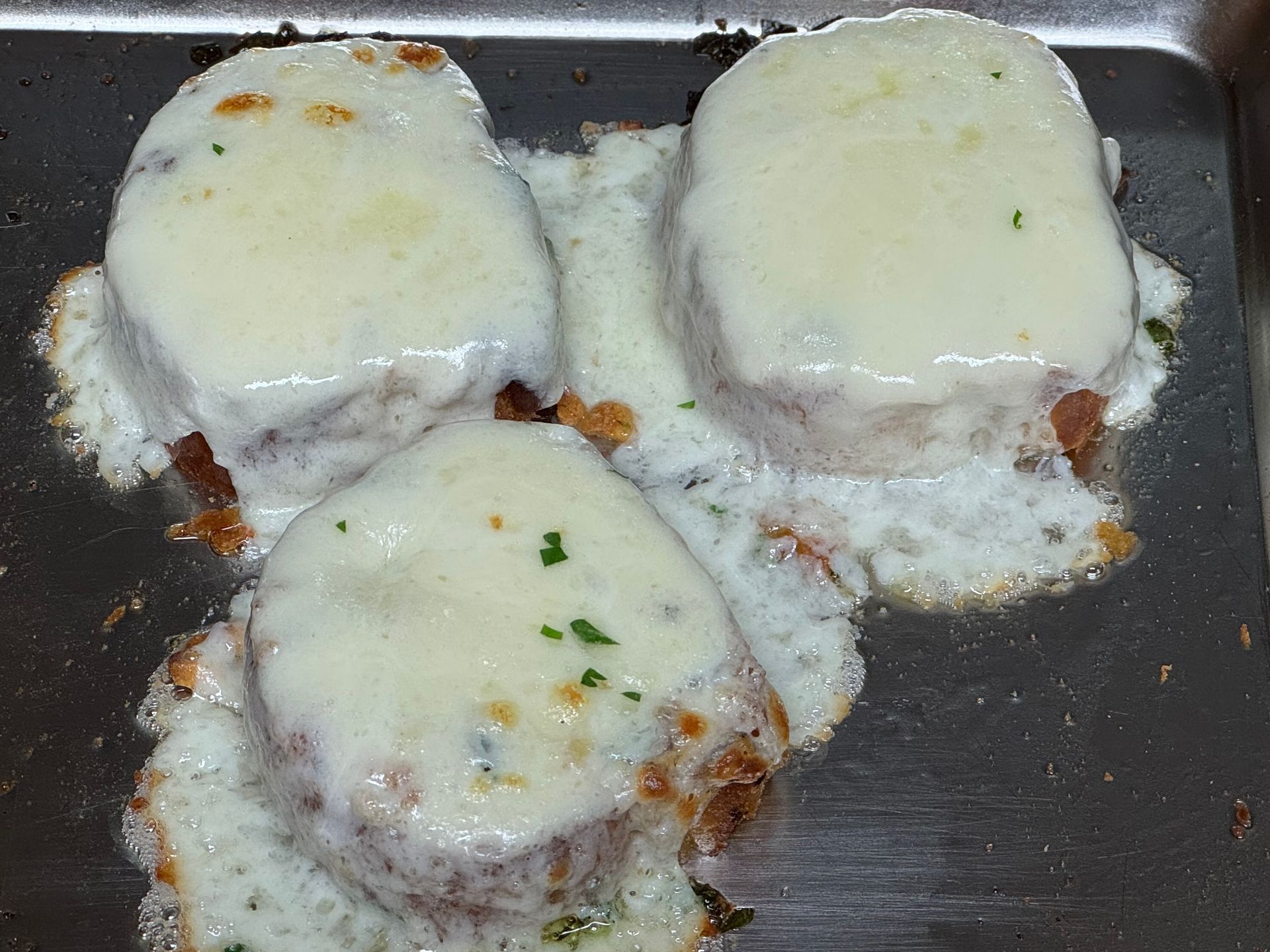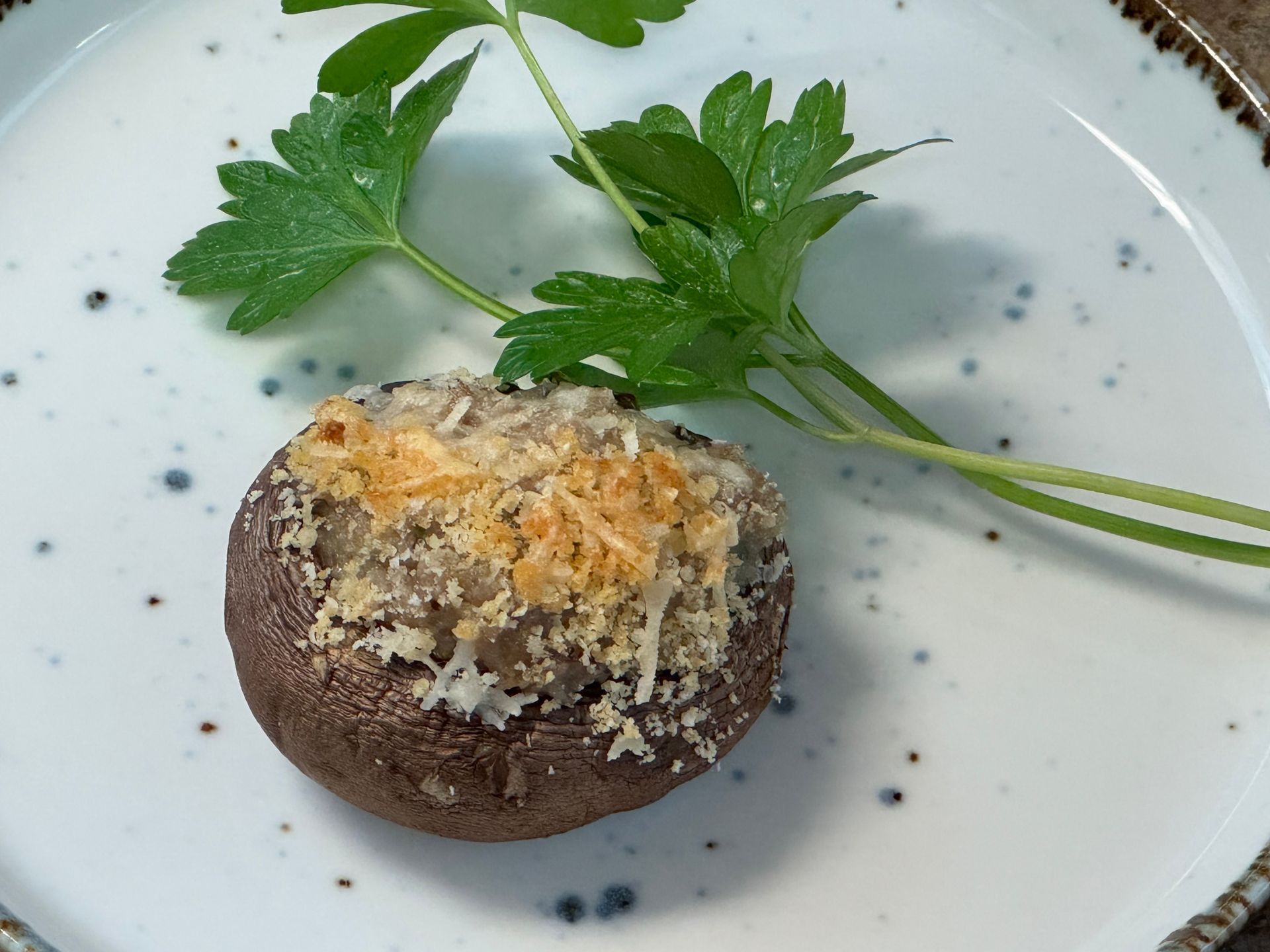
One of the many recipes new culinary students learn to prepare is duxelle. It's a delicious mixture of sweated shallots, garlic, minced mushrooms/stems, herbs, seasoning and often cream. It's cooked to almost a paste like consistency.
Duxelle can be used to stuff chicken breasts or veal chops, vegetables and I especially like shiitake duxelle stuffed mushroom caps.
Christmas Eve Stuffed Mushrooms
There are many different types of mushrooms! They come in different shapes, sizes and colors. Mushrooms also are fresh, dried, frozen, pickled, canned and even in salsas!
I like different mushrooms for different applications. For stuffing, cremini and large button can't be beat... usually the stuffing mushrooms are packaged for stuffing and a little larger in size. This recipe is perfect as a vegetarian hors d' oeuvres-you can simply omit the cheese if you don't want dairy.
Making Stuffed Mushrooms
Prep Time: 30 min
Cooking Time: 20 min
Yield: 6 portions
Ingredients
18 ea Button or Cremini stuffing mushrooms
10 oz Shiitake mushrooms, cleaned and chopped
3 oz. Olive oil
2 Tbsp Shallots, peeled and minced finely
1 Tbsp Garlic, minced
3 Tbsp Italian parsley, fresh- cleaned and chopped fine
1 Tbsp Tarragon leaves, fresh-chopped
1 tsp. Kosher Salt
1/2 tsp Black pepper
4 Tbsp. Parmesan cheese, shredded (half for filling and half for topping)
8 Tbsp Italian breadcrumbs (half for filling and half for topping)
How to Prepare Stuffed Mushrooms

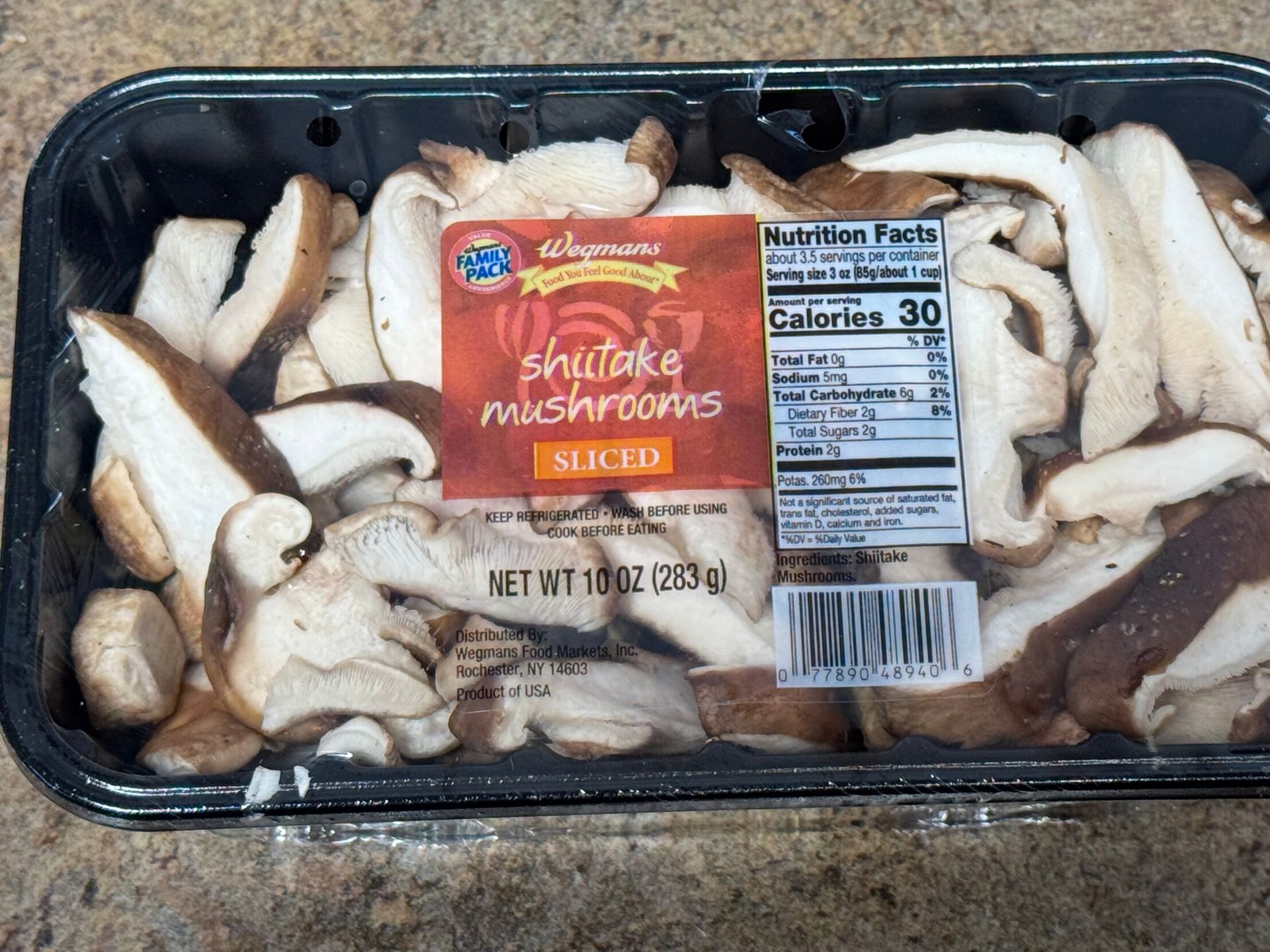

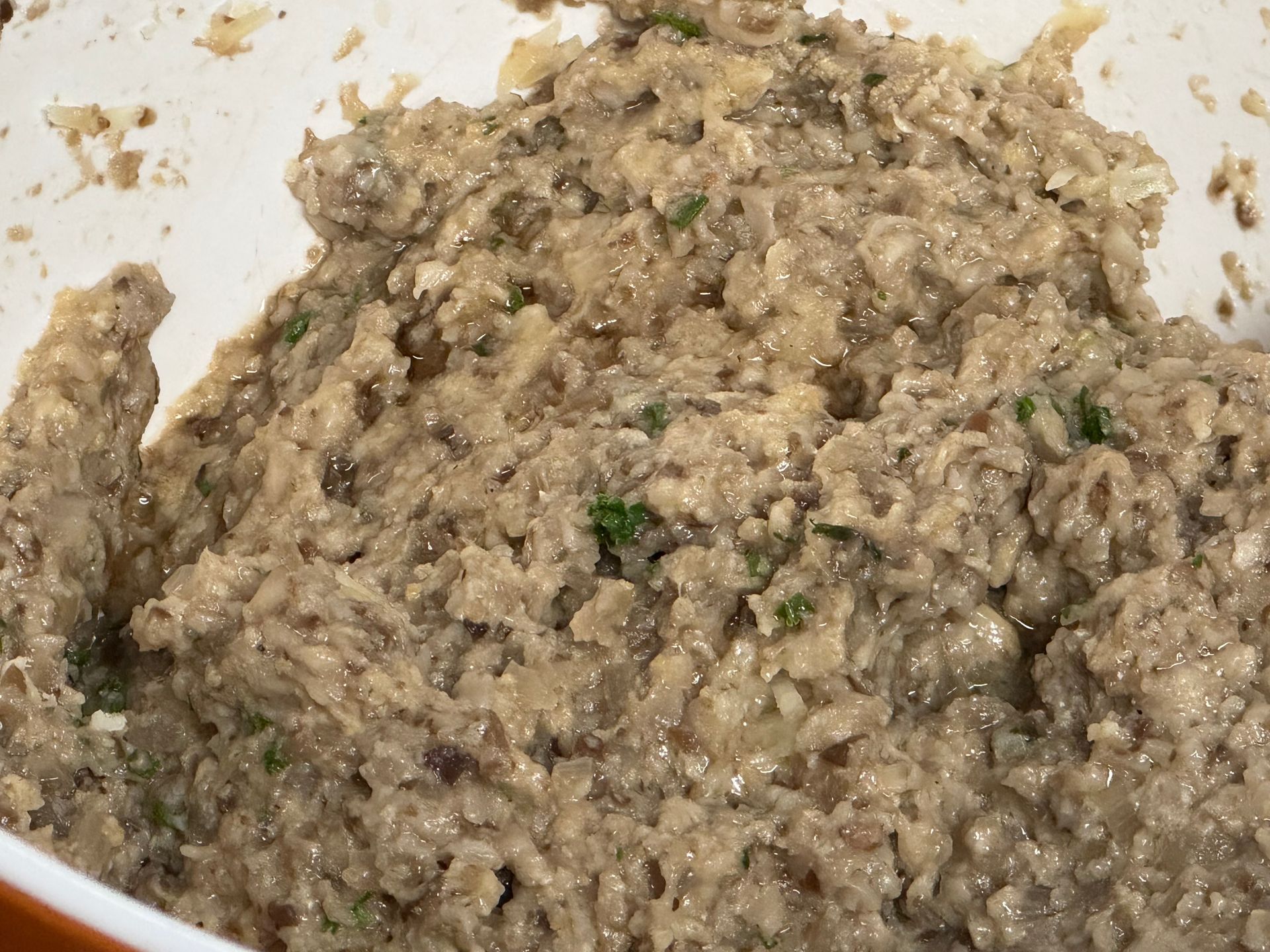
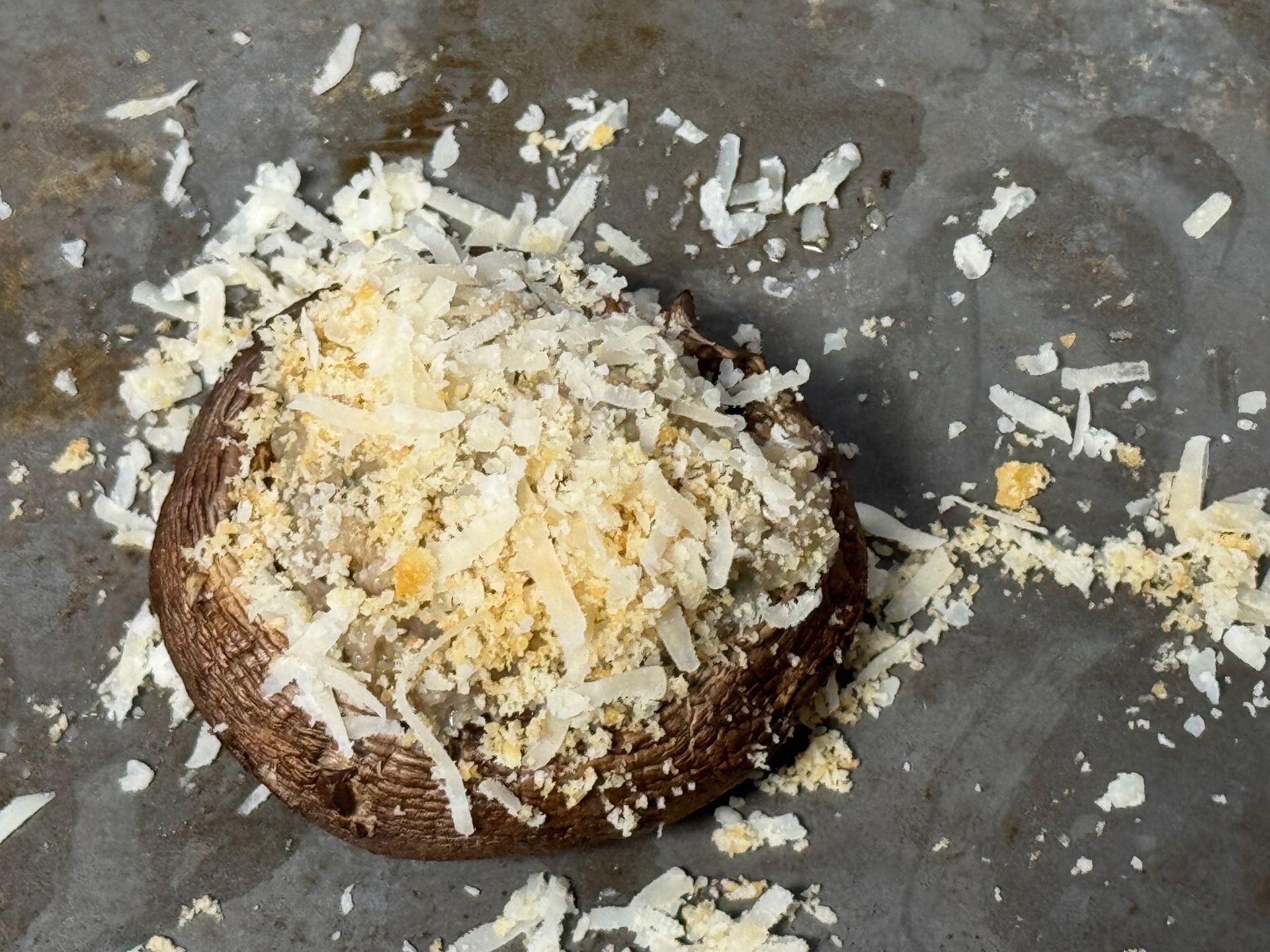
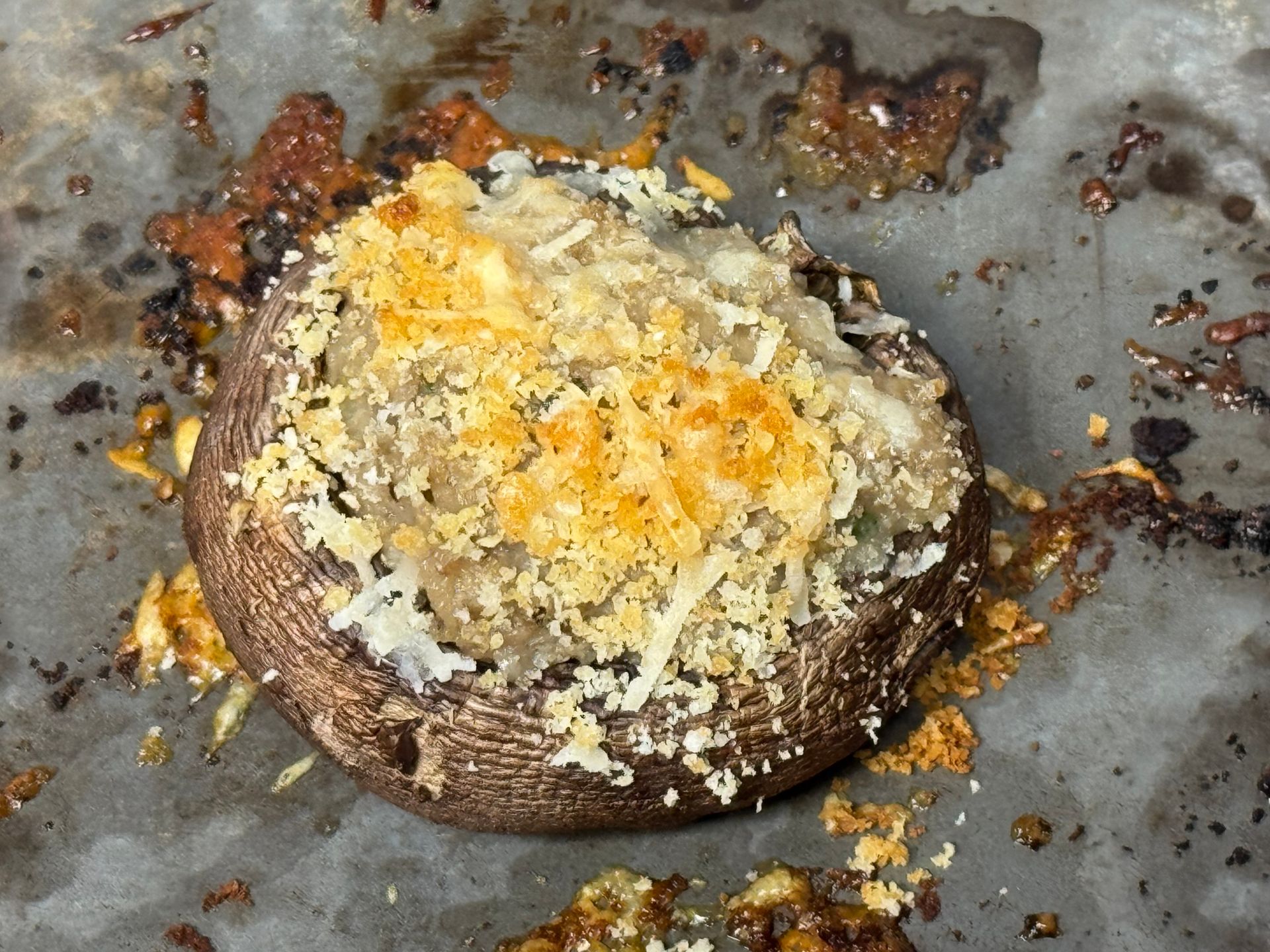
Step 1
Brush all of the dirt/debris off of the mushrooms, using a pastry brush. Gently pop the stems out of the mushrooms and chop by hand or in a food processor. Repeat with the sliced shiitake mushrooms.
Heat a few tablespoons of olive oil in a sauté pan, add the shallots & garlic to the oil and sweat until tender & lightly colored (not brown). Add the chopped mushrooms and sweat until all of the moisture has evaporated, seasoning as you cook.
Transfer to a bowl. Add the parsley & tarragon, mix.
Step 2
Place the mushroom caps onto a sheet pan, season and bake at 350 F until tender, about 15 minutes, cool.
Add the mushroom liquid in the mushroom caps to the mushroom mixture.
Step 3
Add the breadcrumbs & parmesan cheese, mix & taste-adjust seasoning & cool.
Note-you can add crabmeat, cooked bacon, cooked sausage etc... at this time if you like.
Place 1 Tbsp of filling into each mushroom cap.
Repeat until all of the ingredients are used.
Sprinkle grated cheese & breadcrumbs on top and bake at 350°F until warmed through and golden brown. You can also decoratively top each mushroom with a slice of bacon or a slice of cheese such as brie or Swiss etc...
